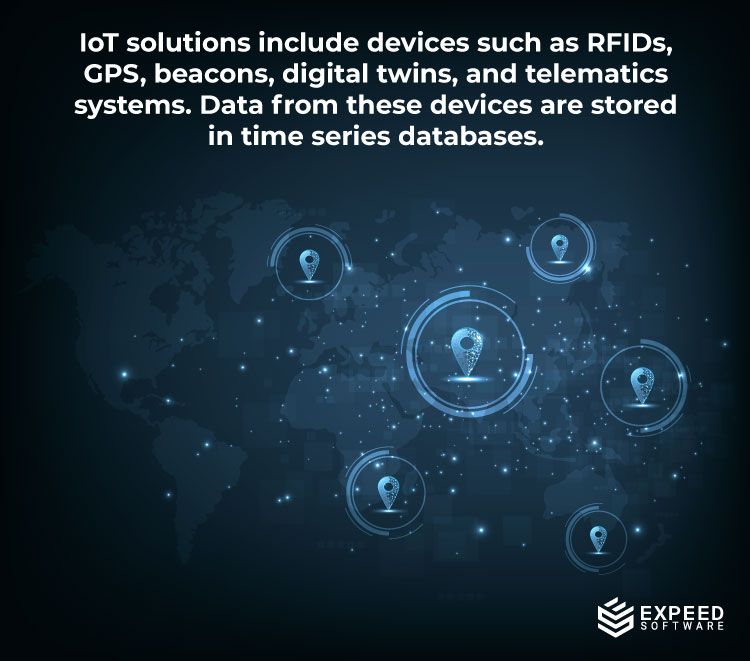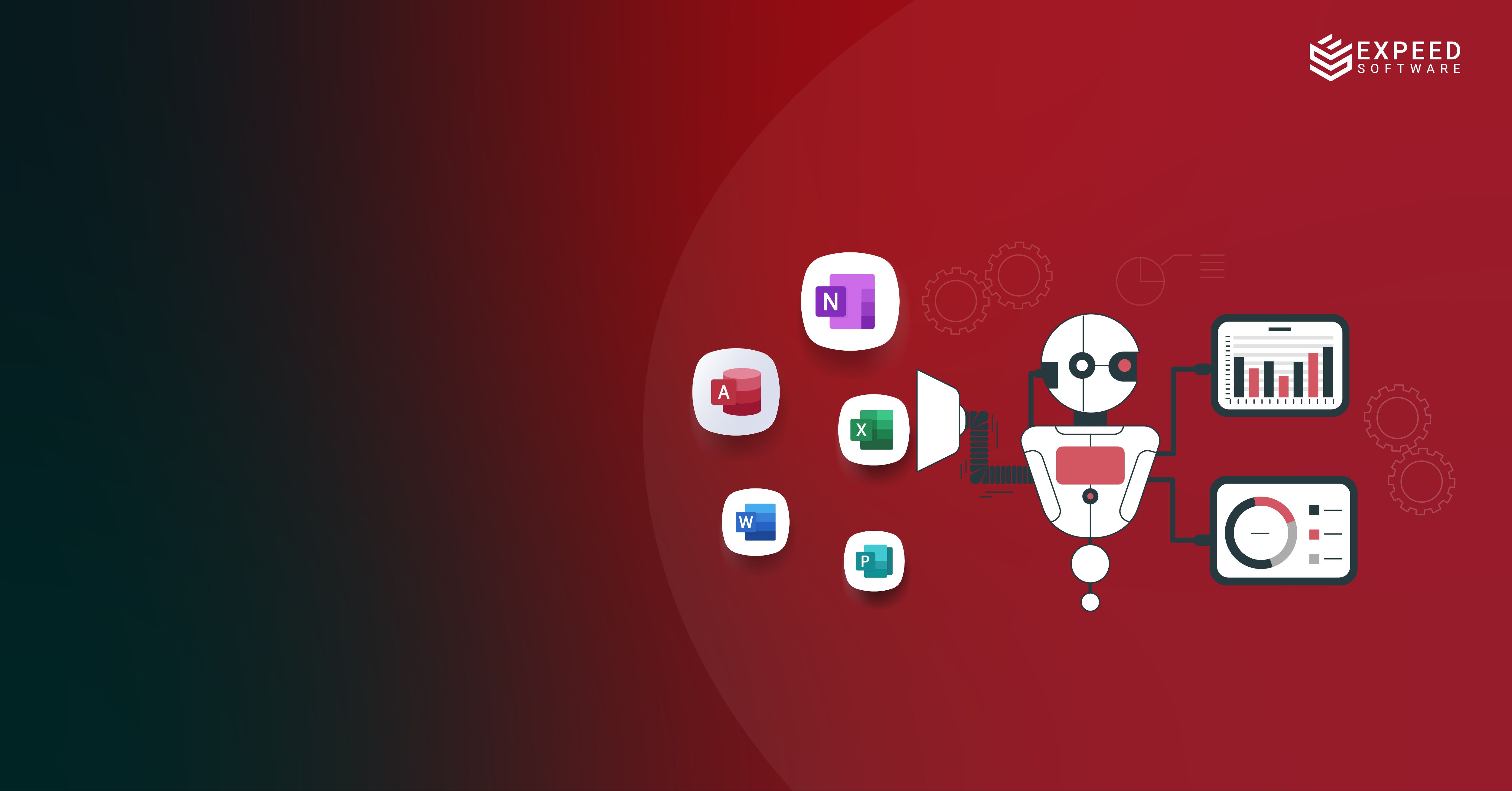Introduction: What is a Time Series Database, and Why Should I Use it?
A time series database (TSDB) is a type of database that is optimized for the storage and retrieval of data that has been organized in a time-ordered sequence. It’s is a type of NoSQL database and is also called a columnar database because it stores data in columns instead of rows. It has some important benefits, like tracking changes over time and detecting anomalies or unusual behavior. A time series database can be used to store any type of sequencing data, including things like sensor readings, stock prices, and tweets.
How do Time Series Databases Work?
Time series databases can be used for storing any metric that can be broken down into a series of values over time. The two main types of time series databases are relational and non-relational. Non-relational databases store data in the form of key-value pairs, while relational databases store data as rows and columns in tables. The most popular open source, non-relational time series database is InfluxDB, created by InfluxData. It is written in C++ and has a query language called InfluxQL that provides SQL-like functionality to explore the data. The second most popular open-source, non-relational time series database is Prometheus, created by SoundCloud and written in Golang. It has a query language called PromQL which provides SQL-like functionality to explore the data as well but with more powerful queries than InfluxQL does.
Data Storage Methods of Timestamps in Time Series Databases
In a time series database, timestamps are used to represent the time at which an event occurred. There are different methods of storing them in a time series database. One method is to store the timestamp as a string of characters, which is not recommended because storing and processing data with this type of timestamp can be difficult. Another method is storing it as an integer, which can be more efficient for some tasks but can also have disadvantages.
Schema Design for Time Series Database
A database schema outlines how key elements in a relational database are organized and connected with each other. A schema design for a time series database has to be able to handle three types of events: 1.Points – individual values with no timestamp 2.Intervals – two points with an interval between them 3.Ranges – two intervals with an overlap between them.
Commonly used data schema design patterns for storing times series data are:
- Time bucket pattern: Time buckets are a database schema where each row represents a particular time interval. When storing data, it is often necessary to allocate resources for the future, such as disk space and memory. Performance is better in this pattern.
- Single-timestamp rows: This pattern follows a tall and narrow table. A new row is added for each new event. The row key will be timestamp and each row will have only one data point. The advantages of this method are speed and storage efficiency.
- Single-timestamp unserialized: Each event is stored in its own row with this pattern, but data in columns are not serialized. This pattern is easy to implement but does not perform well.
Applications of Time Series Databases
- A time series database can be used to store and analyze data in a very granular manner, which makes it an ideal choice for storing security data.
- The Internet of Things (IoT) is the network of physical objects that contain embedded technology to communicate and sense or interact with their internal states or external environment. IoT solutions include devices such as RFIDs, GPS, beacons, digital twins, and telematics systems. Data from these devices are stored in time series databases. The data collected can be used for predictive analytics, anomaly detection, and optimization. In Expeed, our IOT data analytics platform – Konnectware, is capable of handling time series data and providing analytics and customizable dashboards

- The weather forecast can be stored as a time series in the database. This allows for faster queries and better analysis of the data. These kinds of databases are optimized for storing temporal data.
These are just a few TSDB applications. There are many more.
In conclusion, time series databases provide a number of benefits:
- Improved performance: Time series databases are designed to handle large volumes of data and are optimized for fast insert and query performance.
- Easy data aggregation: Time series databases provide functions for easily aggregating data over time, such as calculating the average value of a metric over the past week.
- Anomaly detection: Many time series databases include built-in functions for detecting anomalies in the data, which can be useful for identifying unusual patterns or outliers.
- Data compression: Time series databases often include features for compressing data to save storage space, such as by only storing the differences between successive data points (deltas).
- Efficient querying: Time series databases support efficient querying of data over time ranges, making it easy to retrieve data for specific time periods or to compare data over different time periods.
We believe they are an efficient way to store and process time-based data in a wide range of applications. If you’d like to learn more or need help with your time series data, just get in touch with us. As experts in data analytics, we are happy to help you at Expeed.

Expeed Software is a global software company specializing in application development, data analytics, digital transformation services, and user experience solutions. As an organization, we have worked with some of the largest companies in the world, helping them build custom software products, automate processes, drive digital transformation, and become more data-driven enterprises. Our focus is on delivering products and solutions that enhance efficiency, reduce costs, and offer scalability.


